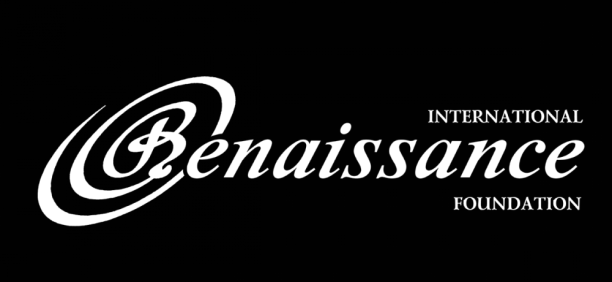Iceland joins 25 countries that recognize Holodomor as genocide against Ukrainians
The government of Iceland supported the resolution that officially recognized the artificial man-made famine Holodomor (death by hunger,…
Copyright © 2021 Euromaidanpress.com
The work of Euromaidan Press is supported by the International Renaissance Foundation

When referencing our materials, please include an active hyperlink to the Euromaidan Press material and a maximum 500-character extract of the story. To reprint anything longer, written permission must be acquired from [email protected].
